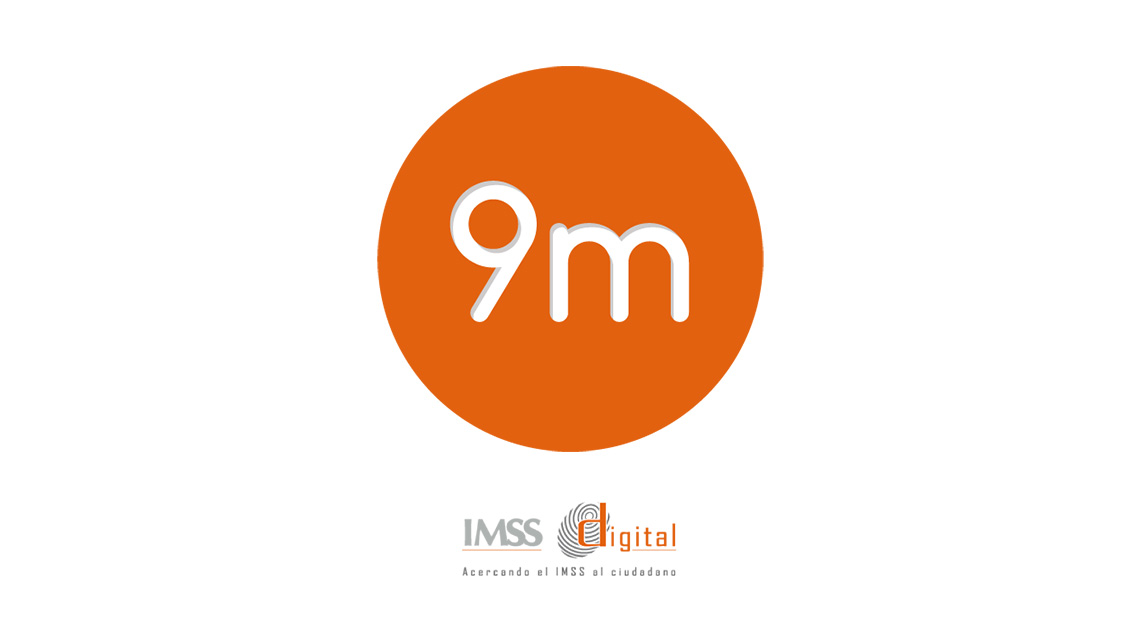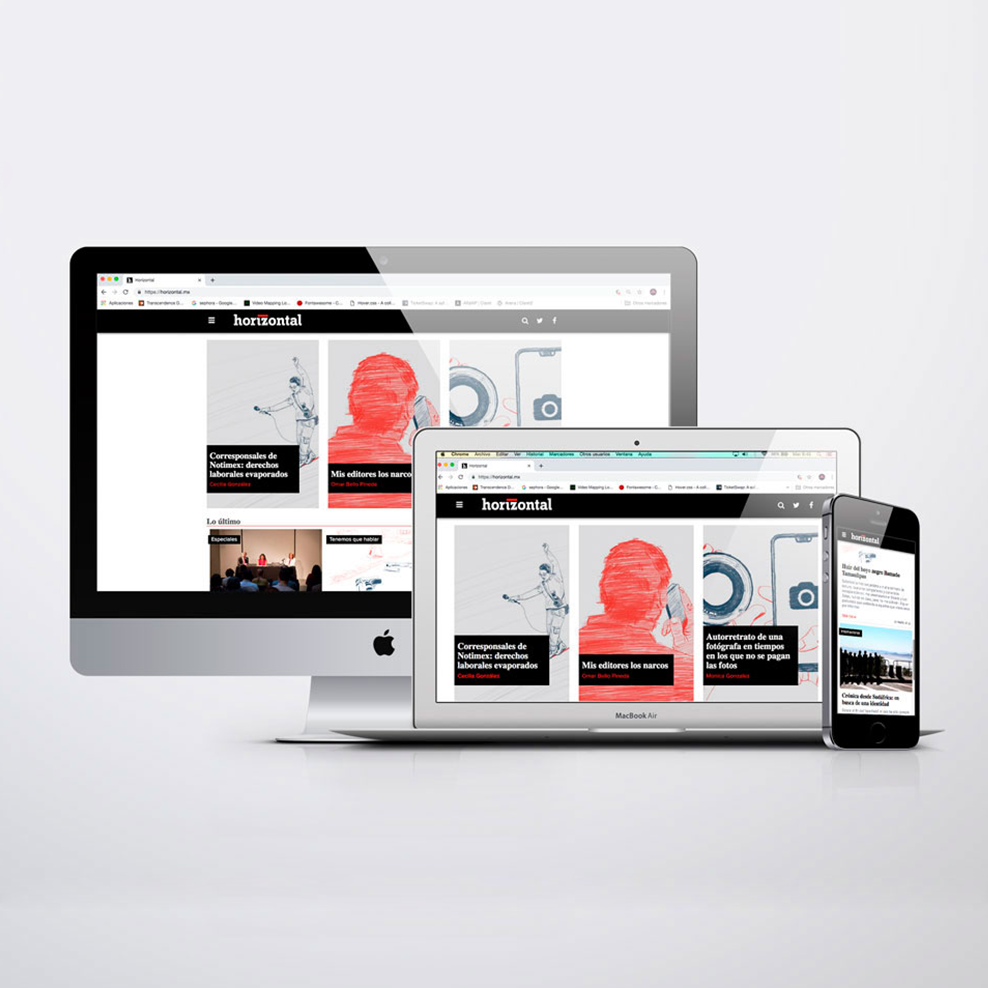Product Vision
In the first phase, key characteristics and essential functionalities that the product aimed to incorporate included:
- Login / Register (via email, Gmail, or other social media accounts)
- Quick form (to gather information about women and specific details regarding their pregnancy stage)
- Dashboard
- Pregnancy week detail
- Medical check-ups tracking
- Maternity leave application
- Main Menu
Wireframing
After establishing the product vision, the subsequent phase involved the transformation of conceptual ideas into concrete and actionable concepts. My contribution to this phase commenced with the creation of wireframes.

Branding
Logo
The logo of 9M aims to stand out from other applications of its kind. It's easy to recognize and remember because it's a short name that relates to the duration of the pregnancy period. Additionally, its design aligns with the IMSS digital project's visual identity, ensuring immediate recognition.

Color palette
A secondary color palette was developed, featuring subtle and delicate tones that blend the IMSS digital project's aesthetic with the institution's existing visual identity.

Typography
Sans-serif typeface was selected to balances readability and modern design. The font ensures clean, accessible communication across digital and print materials, maintaining consistency with IMSS branding.

Mobile Design
Iconography
Development of a set of custom icons that simplify complex medical information while maintaining visual consistency with the overall brand design. The icons feature intuitive, minimalist designs representing pregnancy stages, health metrics, and user interactions, aligning with the IMSS visual language. This approach enhances user understanding through clear visual communication.

Hi-Fi design
The 9M web application design prioritized user experience within institutional visual standards. The design featured an intuitive layout for expectant mothers, integrating the new brand design. The interface balanced medical professionalism with user-friendly interactions, ensuring accessibility and consistent visual language.











